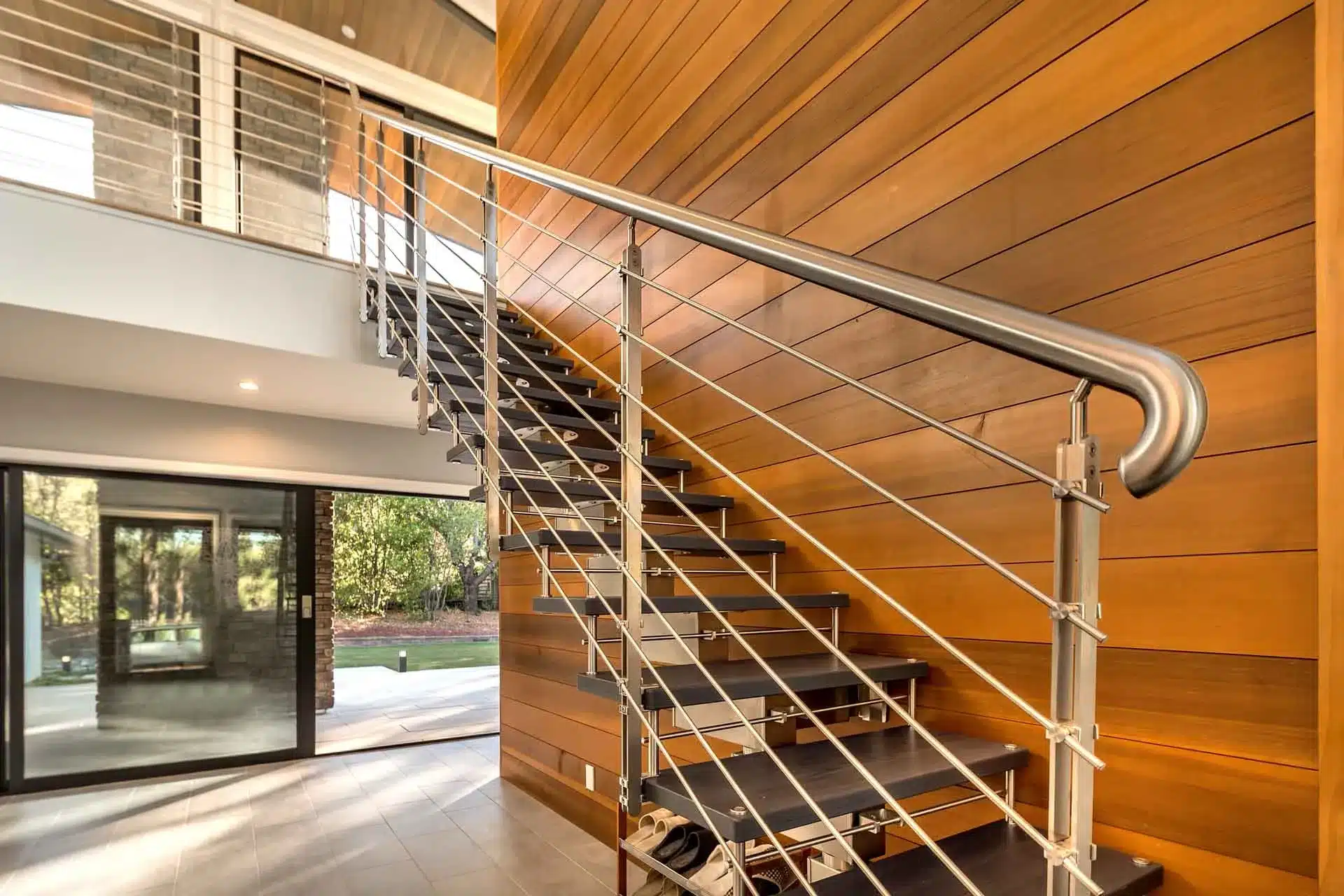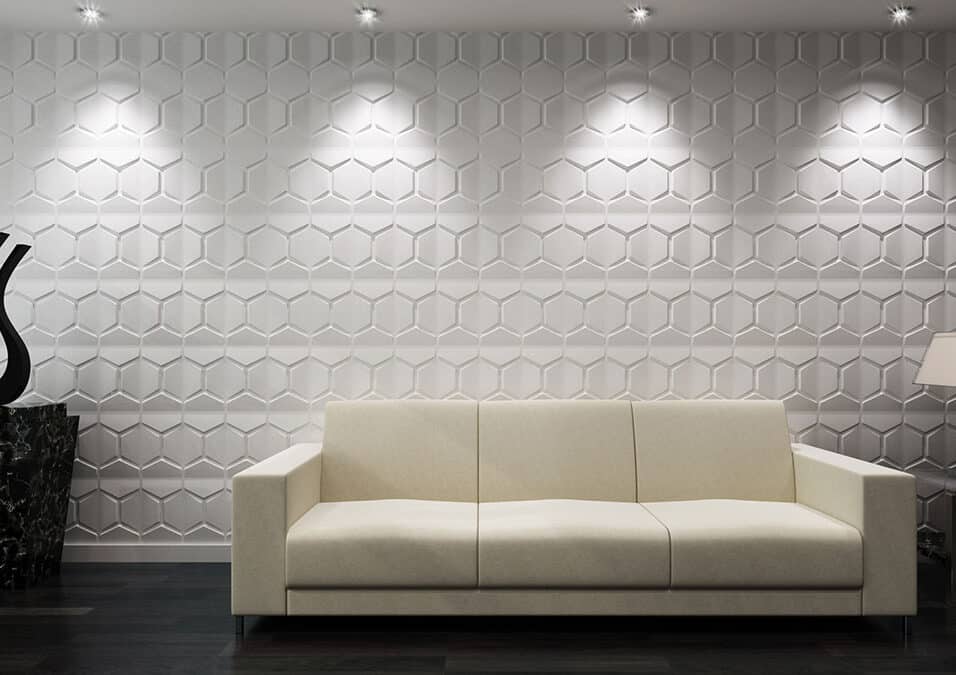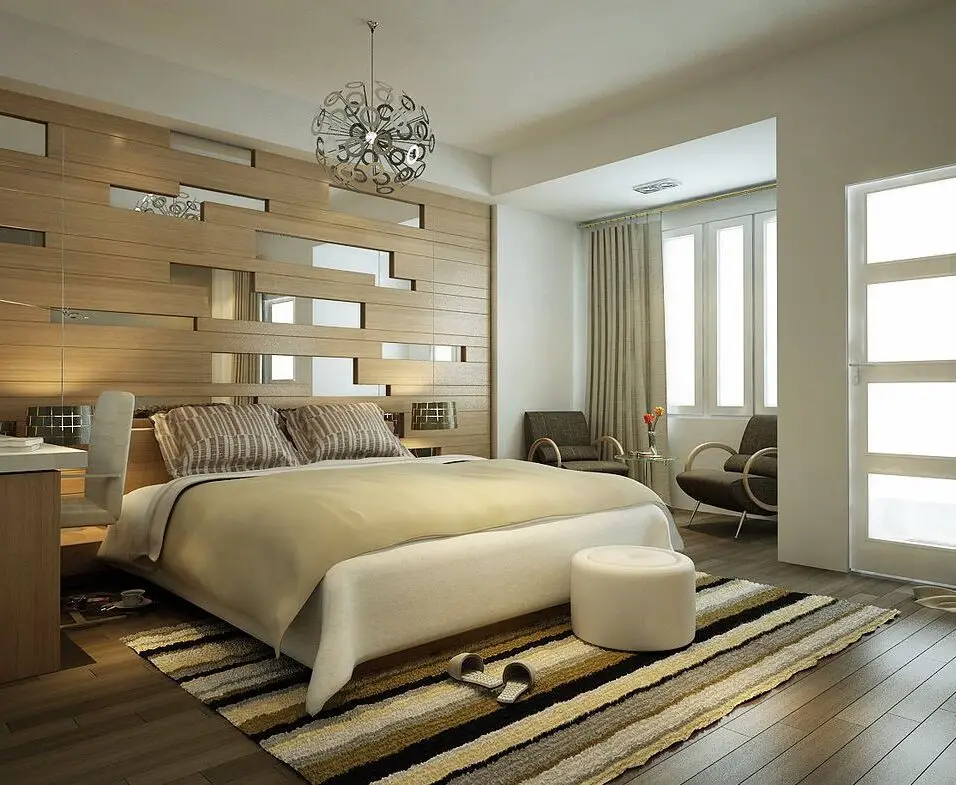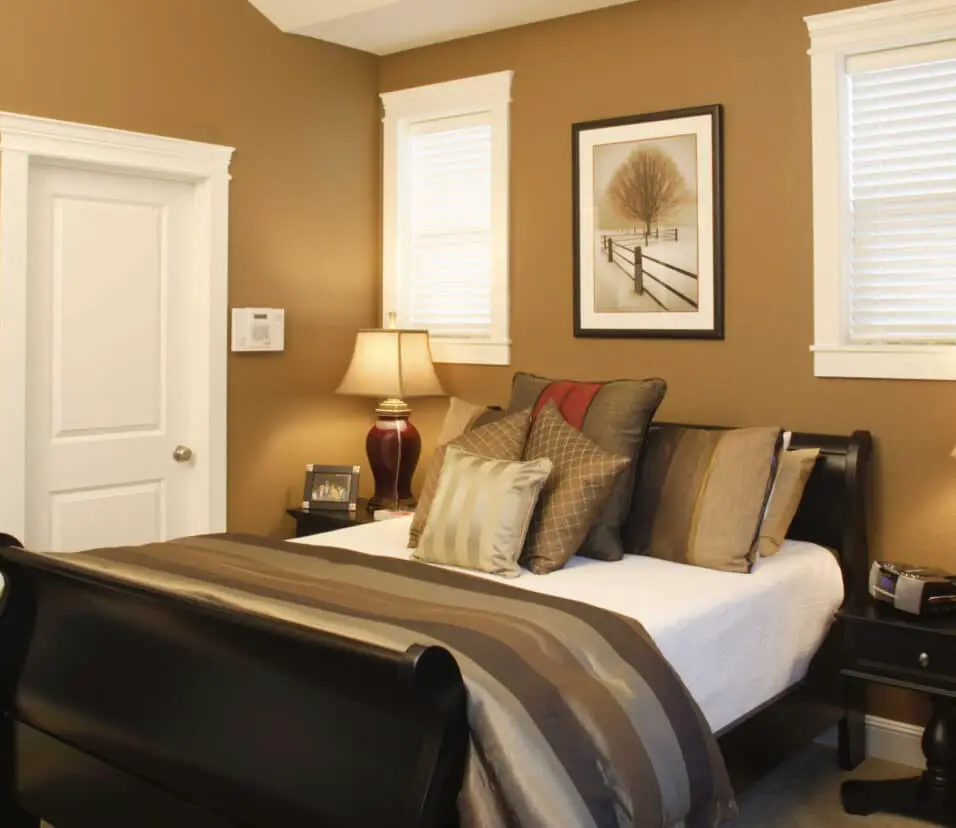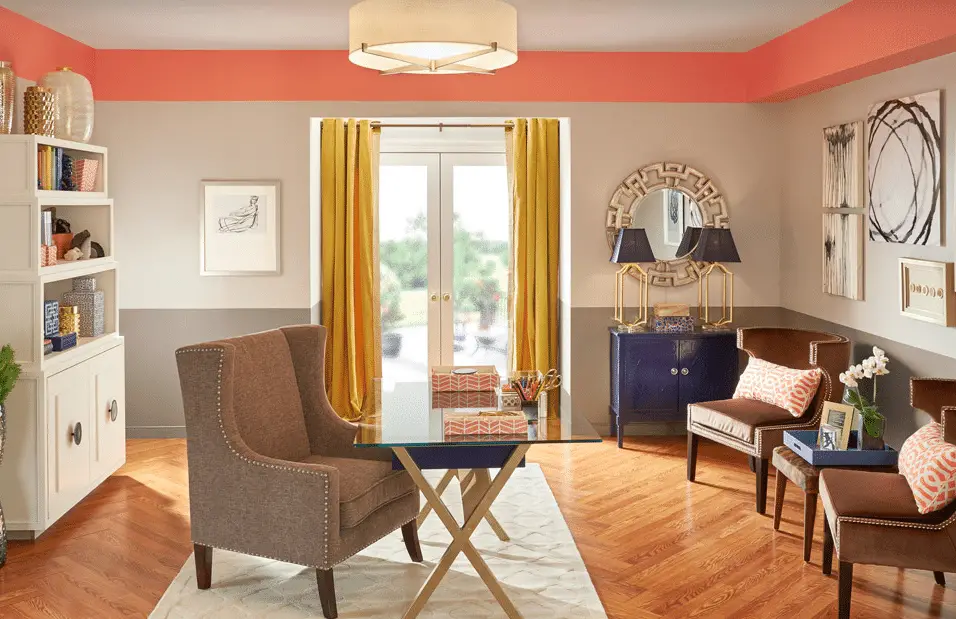What Kind Of Paint To Use On Interior Metal Railings
Introduction
What Kind Of Paint To Use On Interior Metal Railings: Interior metal railings not only serve functional purposes, such as providing support and safety, but they also contribute significantly to the overall design and ambiance of a space. To ensure these railings maintain their visual appeal while withstanding wear and tear, choosing the right type of paint is essential. In this guide, we will explore the key considerations for selecting paint for interior metal railings, discussing factors such as paint types, preparation techniques, and finishing touches that collectively contribute to achieving a lasting and attractive result. Whether you’re looking to revitalize an existing railing or create a striking focal point in your interior space, understanding the nuances of choosing the ideal paint can make a substantial difference in the final outcome.
Selecting the appropriate paint colors for interior metal railings requires careful consideration of various factors, such as the railing’s location, the level of foot traffic it receives, and the surrounding decor. Different types of paint offer varying levels of durability, finish, and ease of application, making it essential to choose one that aligns with your specific needs and preferences. In this guide, we will delve into the world of interior metal railing paint, providing insights into the various paint types available, surface preparation techniques for optimal adhesion, and the finishing touches that can elevate the final outcome. Whether you’re aiming for a sleek, modern look or a more traditional and rustic appearance, understanding the nuances of paint selection will empower you to transform your metal railings into captivating features that harmonize seamlessly with your interior design vision.
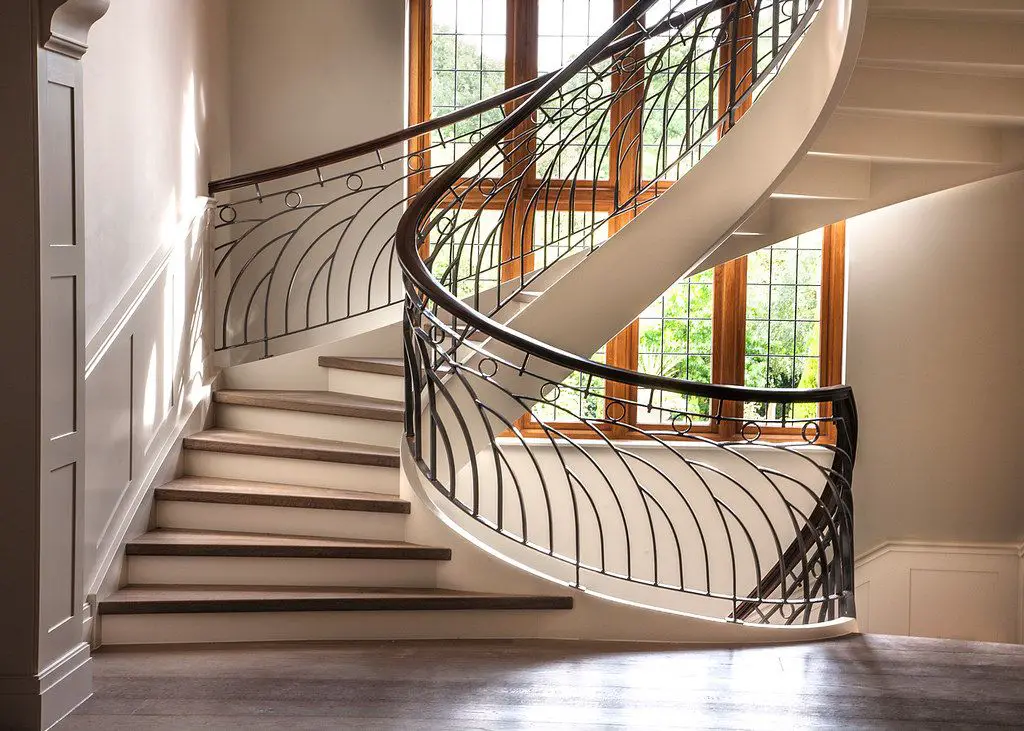
Which paint is best for wood?
Acrylic Paint – It works great for small wood paint projects. It is an odour-less paint that dries quickly and leaves the wood with an artistic appearance. You see, acrylic wood paint gives wings to your creativity. You can use any colour of your choice to create special effects.
Latex or Water-Based Paint
Latex paints, also known as water-based paints, are renowned for their versatility and ease of use. They are available in a wide range of colors and finishes, from matte to high-gloss. Water-based paints dry quickly and emit fewer fumes, making them suitable for indoor projects where ventilation might be a concern. They also have good color retention and are less likely to yellow over time compared to oil-based paints. Latex paints adhere well to wood surfaces, providing a durable and smooth finish.
Oil-Based Paint
Oil-based paints, also referred to as alkyd paints, offer exceptional durability and are known for their smooth and glossy finish. They provide a hard protective coating that is resistant to scratches, making them ideal for high-traffic areas or surfaces that experience regular wear and tear. However, they do emit stronger fumes during application and require more time to dry compared to water-based paints. Oil-based paints are a popular choice for exterior wood surfaces due to their robustness against weather elements.
Chalk Paint
Chalk paint has gained significant popularity for its ability to transform furniture and decorative wood pieces with a distressed, shabby-chic finish. It adheres well to various surfaces, including wood, and requires minimal surface preparation. Chalk paint dries quickly and has a matte appearance, giving pieces a vintage, rustic charm. It’s a great choice for achieving unique and artistic effects on wooden surfaces.
Milk Paint
Milk paint is another option known for creating a vintage and aged appearance. It’s made from natural ingredients like milk protein, lime, and pigments. Milk paint adheres well to wood and offers a subtle, matte finish with a slightly unpredictable crackling effect. This type of paint is often chosen for furniture or decor pieces that require an antique, time-worn look.
Which is better water based or oil based paint?
Oil paint dries extremely hard for excellent durability, but it lacks elasticity and tends to crack when not properly sealed. Modern water-based paints, however, dry hard enough for durability in most applications and have more flexibility to expand and contract as climate conditions change.
Low VOC Emissions: Water-based paints have significantly lower volatile organic compound (VOC) emissions compared to oil-based paints. This makes them more environmentally friendly and suitable for indoor use, especially in spaces with limited ventilation.
Quick Drying Time: Water-based paints dry much faster than oil-based paints. This not only speeds up the painting process but also reduces the risk of dust and debris settling onto the wet surface.
Easy Cleanup: Water-based paints are easy to clean up with just soap and water. Brushes and tools can be cleaned quickly, reducing the hassle of paint removal.
Minimal Odor: Water-based paints have a milder odor compared to oil-based paints, making them more comfortable to work with, especially in enclosed spaces.
Should interior doors be painted gloss or satin?
Satin or Semi Gloss comes into its own on larger surfaces such as internal doors, especially textured or panel internal doors where it looks clean and crisp and easy to maintain and clean. If you are looking to buy good TRADE QUALITY Satinwood for your next DIY project, we strongly recommend Dulux Trade Satinwood.
Style and Aesthetic: Consider the overall style of your interior and the aesthetic you want to achieve. Gloss finishes tend to be more formal and elegant, while satin finishes offer a balanced and versatile look that can suit various design themes.
Usage and Traffic: Think about the doors’ location and usage. Gloss paint is ideal for doors that require durability and resistance to wear, such as entryway doors or doors in busy areas.
Surrounding Elements: Consider how the doors will interact with other design elements in the room. Glossy doors can create striking contrasts, while satin doors can harmonize with surrounding textures and colors.
Personal Preference: Ultimately, your personal preference plays a significant role in the decision. Consider what appeals to you visually and aligns with your overall design vision.
What is the best paint for doors and door frames?
High gloss or semi-gloss latex paint is used for painting interior doors and trim. Glossy sheens showcase the door frame better and it’s easier to clean once it’s dry. For doors that open to the outside use latex-based exterior paint designed specifically for use on trim.
Water-Based Enamel Paint
Water-based enamel paints are a popular choice for doors and door frames due to their versatility, ease of use, and low odor. They offer a durable finish that resists chipping, peeling, and staining, making them suitable for high-traffic areas. Water-based enamels are available in various sheen levels, from satin to high-gloss, allowing you to achieve the desired look for your doors and frames. They also dry relatively quickly and emit fewer volatile organic compounds (VOCs), making them a more environmentally friendly option.
Oil-Based Enamel Paint
Oil-based enamel paints provide exceptional durability and a smooth, glossy finish. They offer superior protection against scratches, stains, and moisture, making them an excellent choice for exterior doors or doors in areas prone to humidity. However, oil-based paints have a longer drying time and emit stronger fumes compared to water-based options. Adequate ventilation and proper safety precautions are essential when using oil-based paints indoors.
Acrylic Enamel Paint
Acrylic enamel paints combine the durability of oil-based enamels with the faster drying time and lower odor of water-based paints. They offer excellent adhesion to surfaces, creating a strong bond that resists peeling and flaking. Acrylic enamels are known for their fade resistance, making them suitable for doors that receive direct sunlight.
Semi-Gloss or Satin Finish
For doors and door frames, it’s generally recommended to opt for a semi-gloss or satin finish. These finishes strike a balance between durability and aesthetic appeal. Semi-gloss provides a reflective shine that’s easy to clean and resistant to scuffs, while satin offers a softer sheen that’s forgiving of minor imperfections.
Which paint is best for wooden doors?
Enamel paint is considered one of the best paints for wood. It has excellent durability and can adhere to any wooden surface for quite a long time. A wide range of enamel paints is available in the market. They come in both oil-base and water-base, and you must choose what suits you best.
Water-Based Enamel Paint
Water-based enamel paints are a popular choice for wooden doors due to their versatility and ease of use. They offer a durable finish that resists chipping, peeling, and fading, making them well-suited for doors that experience regular use. Water-based enamels are available in various sheen levels, including satin, semi-gloss, and high-gloss, allowing you to tailor the finish to your preferences. These paints dry relatively quickly and emit fewer volatile organic compounds (VOCs), making them a more environmentally friendly option.
Oil-Based Enamel Paint
Oil-based enamel paints are known for their exceptional durability and smooth, glossy finish. They provide superior protection against wear, stains, and moisture, making them a preferred choice for exterior wooden doors or doors located in high-moisture areas. However, oil-based paints have a longer drying time and emit stronger fumes compared to water-based options. Adequate ventilation and proper safety measures are crucial when using oil-based paints indoors.
Acrylic Enamel Paint
Acrylic enamel paints combine the durability of oil-based enamels with the faster drying time and lower odor of water-based paints. They offer excellent adhesion to wooden surfaces, creating a strong bond that resists peeling and flaking.
What is the difference between wall paint and door paint?
Doors, windows, and moldings typically need a higher sheen than walls because they get more physical contact. Plus, a glossy paint finish accentuates the woodwork and adds an interesting contrast. Choose a paint type for your trim that’s at least one step glossier than the walls.
Wall Paint: Wall paint typically contains binders, pigments, and additives that provide good coverage and adhere well to various wall materials. It may have a lower sheen level, such as matte or eggshell, to help hide imperfections and create a cohesive look across larger expanses.
Door Paint: It contains specialized ingredients that enhance adhesion and withstand the frequent contact, scuffs, and impacts that doors may experience. Door paint often has a higher sheen level, such as semi-gloss or gloss, which not only contributes to a polished appearance but also offers better protection against moisture, stains, and scratches.
Wall Paint: While it can withstand general wear, it might not hold up as well to the repeated opening, closing, and touching that doors go through.
Door Paint: It resists chipping, peeling, and fading, maintaining its appearance over time. The higher sheen level not only adds an elegant touch but also offers enhanced protection against stains and moisture.
Should I use a brush or roller to paint a door?
Front door paint can be applied using brushes or rollers, but professionals use rollers for a smooth finish. If your door has panels, painting the panels first gives you the best results: Use the roller’s curved edge or the angled brush to paint the molding profiles around the panel edges.
Type of Door: Consider the type of door you’re painting. If it’s a flat door without intricate designs, a roller might be more efficient. For doors with paneling, raised sections, or detailed elements, a brush can ensure better coverage in those areas.
Finish: The desired finish can also influence your choice. If you want a smooth, flawless finish, a brush might be preferable.
Efficiency: If you’re looking to complete the project quickly, a roller can cover larger areas faster. If precision and attention to detail are paramount, a brush might be the better choice.
Personal Skill: Your own comfort and skill level with each tool can influence your decision. Some individuals may have a preference for one over the other based on their painting experience.
How do you use Duco paint?
Two coats of Duco Paint: Mix the selected Colour of Duco NC Lacquer with Duco thinner in the ratio of 1:2. Ensure the surface is perfectly clean and there is no dust over it before you apply the coat. Apply 1st coat of Duco paint with a spray gun machine and wait for 30 minutes for drying.
Shake the Paint: Thoroughly shake the Duco paint can before opening it to ensure proper mixing of the lacquer.
Test Spray: If using a sprayer or airbrush, do a test spray on a piece of cardboard to ensure the paint is flowing smoothly and evenly.
Apply Thin Coats: Begin applying thin, even coats of Duco paint to the surface. Hold the sprayer or brush about 6 to 8 inches away from the surface to avoid drips and runs. Apply the paint in smooth, overlapping strokes. Avoid overloading the surface with paint, as this can lead to drips and a less-than-desirable finish.
Allow Drying Time: Follow the product instructions for recommended drying times between coats. Duco paint dries relatively quickly, but allowing adequate drying time is essential for achieving a smooth finish.
Apply Additional Coats: Apply multiple thin coats of Duco paint, allowing each coat to dry before applying the next. This will build up the color and achieve a rich, glossy finish.
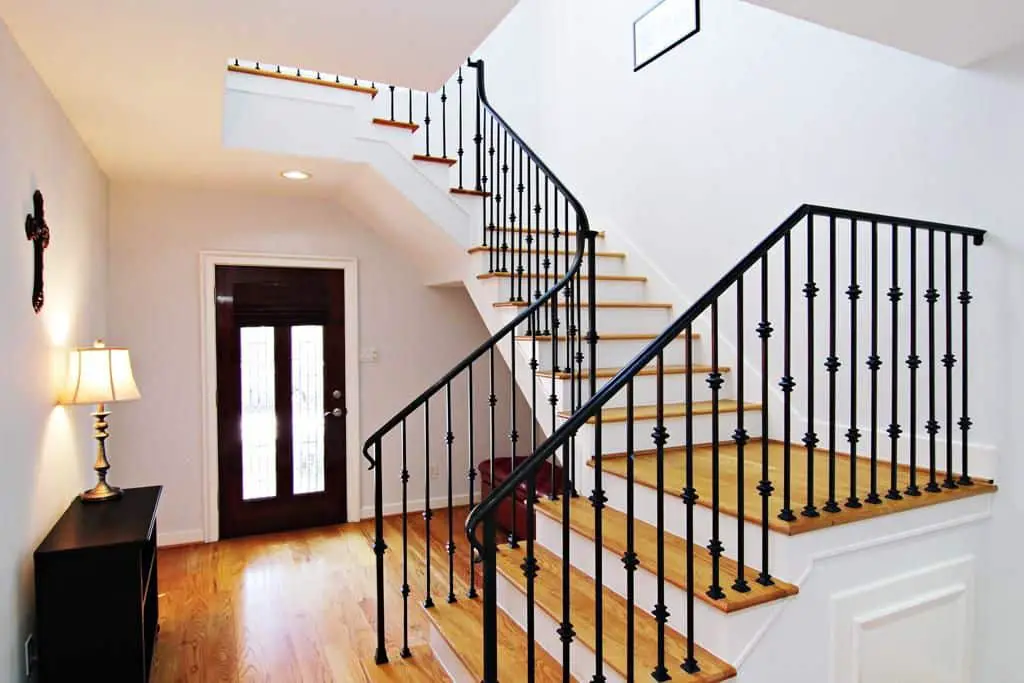
Conclusion
The journey of choosing the ideal paint involves a careful balance between aesthetics and practicality. By considering factors such as the railing’s location, the level of wear it will endure, and the desired finish, you can make an informed decision that aligns with your interior design vision. From the array of paint types available, each offering distinct qualities in terms of durability, sheen, and ease of maintenance, to the essential surface preparation that ensures optimal adhesion and a smooth, flawless finish, every step contributes to the overall success of the project. Additionally, the final touches, such as selecting complementary colors or finishes, can elevate the railings from functional to focal, seamlessly integrating them into the surrounding decor. Ultimately, the choice of paint for interior metal railings represents a marriage of creativity and functionality.
It’s an opportunity to infuse your personal style into a utilitarian element, transforming it into an artistic statement that enhances the ambiance of your space. By embracing the insights provided in this guide, you are equipped to embark on a painting metal journey that results in not only visually appealing railings but also in long-lasting beauty that withstands the test of time. These seemingly modest elements hold the potential to elevate the entire aesthetic of a room, offering a blend of form and function that seamlessly integrates into the overall design scheme. As you’ve learned, the decision-making process involves a delicate balance between the desired visual outcome and the practical considerations of durability and maintenance.



